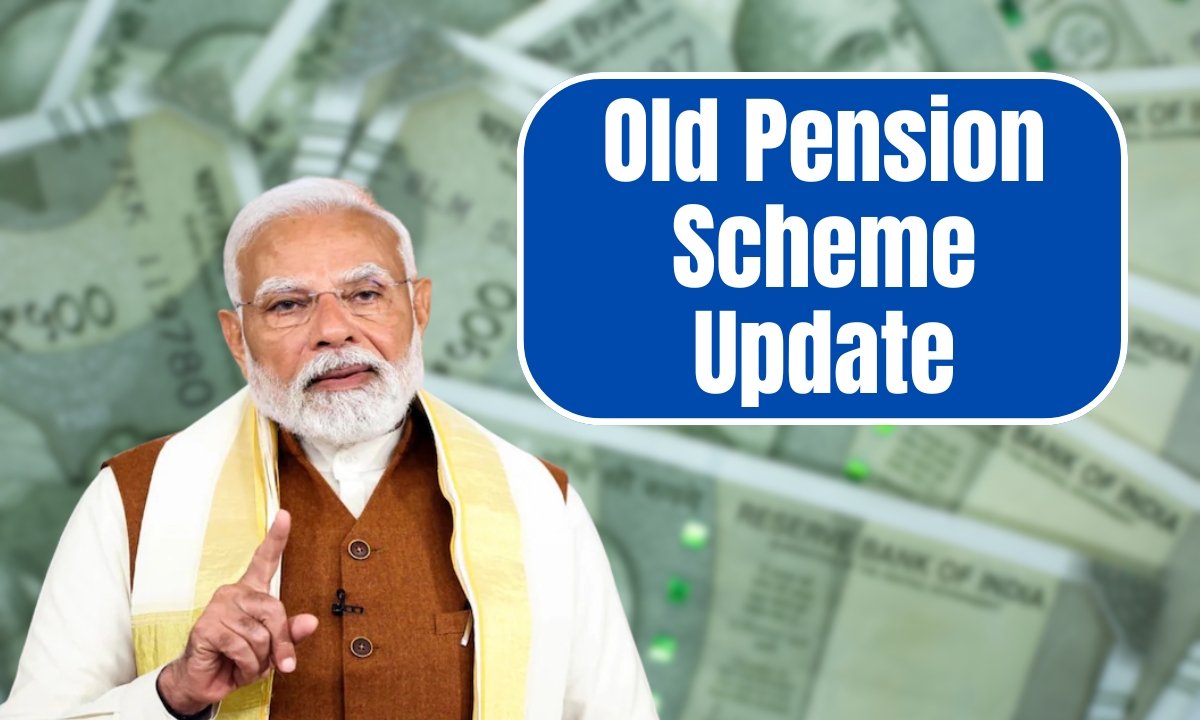Before the 2004 reforms in India, the government employees traditionally worked under the old pension scheme. Rabbits received a fixed pension calculated according to their last salary and no contribution was made by the retiring employee. Pension payment was the sole responsibility of the employer (government). Other than this, cost-of-living considerations (like growth of pension at regular intervals) also constituted part of the system. A lot of government employees still hold on very strongly to OPS because they find that it provides predictability and security for them.
The Shift: NPS & Unified Pension System (UPS)
NPS was created in 2004 for all new entrants into the Central Government service. NPS is contributory in character with a fixed percentage of salary being contributed by both employee and employer. The pension paid depends upon the accumulated corpus in the pension fund, including the investment return thereon, and not directly on the final salary.
Recently, UPS has been introduced within the ambit of NPS and hence has become an option under NPS. Central government employees who joined between 1 April 2025 and 31 August 2025 may opt for UPS. This offers more pension-certainty than pure NPS, but it still has differences compared to the OPS.
What Employees Strive For?
Various central and state government employees have pressed for returning the Old Pension Scheme (OPS) as the said main contention:
- That OPS pays for a guaranteed retirement income and that it is not affected by market fluctuations.
- Individuals working in NPS or UPS sometimes have to face uncertain results on account of market risk.
- They view that OPS is better in guarding retirees against inflation and economic uncertainty.
A few states (such as Rajasthan, Chhattisgarh, Jharkhand, Punjab, Himachal Pradesh) have given the option of reinstating OPS to their employees or have reinstated it themselves.
What The Center Has To Say
The Centre Government has so far refused to restore fully the Old Pension Scheme in a nationwide manner. Its stance was that the OPS would put an unsustainable burden on the treasury from the fiscal point of view. The Government wishes to pursue the NPS/UPS and would therefore seek a balance between pension security and fiscal sustainability.
The Government on the subject has also stated in its official documents (e.g., Office Memorandum) that deciding whether benefits (on death, invalidation, or disability) for officials covered under UPS/NPS follow either UPS or OPS-type rules is feasible.
Challenges, Impacts & What Lies Ahead
There are governmental liabilities resulting if OPS needs to be reinstated throughout India. Concerns for the budget arise, along with implications for newer pension schemes and their beneficiaries.
On what appears possible, incremental reform may see more state governments opting for OPS or hybrid systems; more employees being offered a choice; and ensuring stronger protections for retirees under NPS/UPS. This conversation between employee unions, state & central governments, and finance experts will stay at the forefront.
Also Read: DA Arrears Latest Update: 18 Months Payment For Govt Staff On The Way




